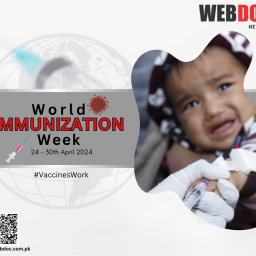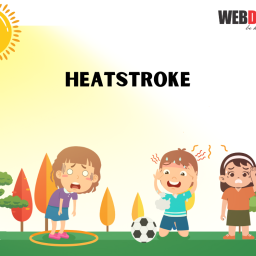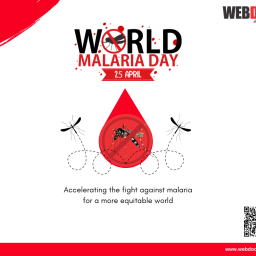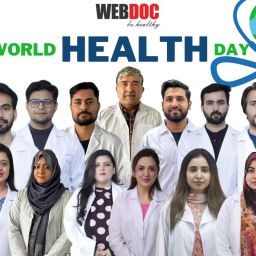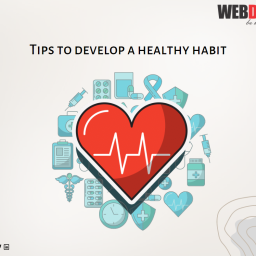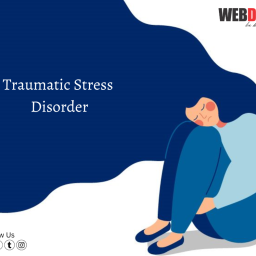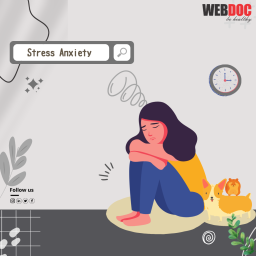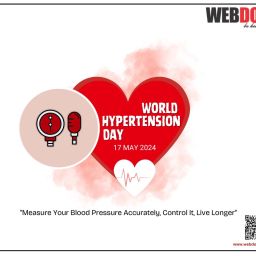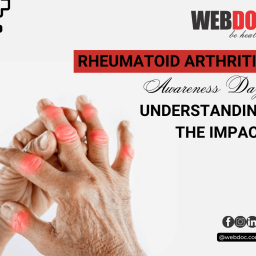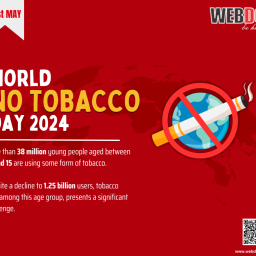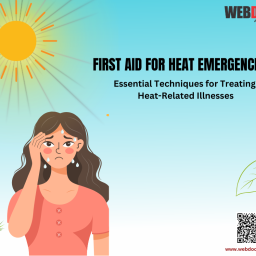
Allergies are odd immune reactions to things that can be harmless to the general public. At the point when an individual is oversensitive to something, the immune system erroneously accepts that this substance is harming the body.
Substances that reason allergies — which include a few meals, dirt, plant pollen, or drugs — are referred to as allergens.
A hypersensitive reaction takes place while the immune system& overreacts to an allergen, treating it as an invader and trying to combat it off. This causes symptoms that may vary from annoying to critical or even life-threatening.
Reactions can have an effect on the eyes, nostrils, throat, lungs, pores, and skin, and gastrointestinal tract. Future exposure to that identical allergen will trigger this allergic reaction once more.
Substances that reason allergies — which include a few meals, dirt, plant pollen, or drugs — are referred to as allergens.
The chances to develop allergic reactions are hereditary, it may be passed down through genes from parents to the offspring. A few children have a hypersensitive response, the way that no relative is unfavorably susceptible.
Some of the maximum commonplace things human beings are allergic to are airborne (carried through the air):
• Dust mites are microscopic bugs that stay all around us and feed at the millions of lifeless pores and skin cells that fall off our bodies each day. They’re the primary allergic aspect of house dust.
• Pollen is the main purpose of allergic reactions (a pollen hypersensitive reaction is frequently known as hay fever or rose fever). Trees, weeds, and grasses release this tiny debris into the air to fertilize different vegetation. Pollen hypersensitive reactions are seasonal.
Pollen counts degree how great deal pollen is in the air and might assist people with hypersensitive reactions to expect how terrible their signs and symptoms might be on any given day. Pollen counts are good in the morning and on warm, dry, breezy days, and low when it is cold and wet.
• Molds are fungi that thrive each interior and outside in the heat, moist environments. Outdoors, molds can be found in negative drainage areas, together with within piles of rotting leaves or compost piles. Indoors, molds thrive in darkish, poorly ventilated places inclusive of toilets and damp basements.
• Pet allergens are resulting from puppy dander (tiny flakes of shed pores and skin) and animal saliva. When pets lick themselves, the saliva receives on their fur or feathers. As the saliva dries, protein debris comes to be airborne. Pet urine also can reason hypersensitive reactions within the same way when it gets on airborne fur or pores and skin, or when a puppy pees in a gap that isn’t cleaned.
• Cockroaches also are the main family allergen, in particular in internal towns. Exposure to cockroach-infested buildings can be a primary purpose for the high rates of allergies in inner-town children.
- Cow’s milk (or cow’s milk protein). Between 2% and 3% of youngsters younger than three years old are allergic to the proteins found in cow’s milk and cow’s milk-based formulas. The most formulation is cow’s milk-based totally. Milk proteins additionally can be a hidden aspect in prepared foods. Many kids outgrow milk allergic reactions.
- Eggs. Egg hypersensitive reaction may be an undertaking for dad and mom. Eggs are utilized in many of the ingredients youngsters consume — and in many cases, they’re “hidden” components.
- Fish. These allergic reactions are some of the extra common person food allergic reactions and ones that humans normally don’t outgrow.
- Peanuts and tree nuts. Peanut allergies are on the upward push, and as are allergic reactions to tree nuts, which include almonds, walnuts, pecans, hazelnuts, and cashews. Most people do now not outgrow peanut or tree nut hypersensitive reactions.
- Soy. Soy hypersensitivity is greater common among infants than older children. Many infants who’re allergic to cow’s milk are also allergic to the protein in soy formulation. Soy proteins are often a hidden factor in organized meals.
- Wheat. Wheat proteins are found in lots of meals, and a few are extra apparent than others. Although wheat hypersensitivity is regularly careworn with celiac disorder, there may be a difference. The celiac ailment is a sensitivity to gluten (determined in wheat, rye, and barley). But a wheat hypersensitive reaction can do extra than make a person experience ill — like different meals allergic reactions, it can also cause a life-threatening reaction.
- Insect hypersensitive reaction. For most children, being stung with the aid of an insect means swelling, redness, and itching on the site of the chunk. But for those with insect venom hypersensitive reactions, an insect sting can motive greater serious symptoms.
- Medicines. Antibiotics are the common type of medicines that purpose allergies.
- Chemicals. Some cosmetics or laundry detergents could make people get away in hives.
Dyes, household cleaners, and insecticides used in lawns also can purpose allergic reactions in some humans.
The type and severity of hypersensitive reaction symptoms vary from hypersensitive reaction to allergic reaction and individual to person. Sensitivities may furthermore show up as irritated eyes, sniffling, a runny nose, throat snugness, issue in breathing, regurgitating.
Kids with severe allergic reactions (consisting of the ones to meals, medicinal drugs, or insect venom) can be a hazard for a surprising, probably lifestyles-threatening allergy referred to as anaphylaxis. Anaphylaxis can manifest simply seconds after being uncovered to an allergen or no longer till some hours later (if the reaction is from a food).
So medical doctors will want all of us diagnosed with a life-threatening allergic reaction to hold an epinephrine auto-injector in case of an emergency.
Airborne allergens can purpose something known as allergic rhinitis, which typically develops by 10 years of age, reaches its height inside the teenagers or early twenties.
Symptoms can include:
- sneezing
- itchy nose and/or throat
- stuffy nose
- coughing
Allergy Symptoms
- wheezing
- problem respiration
- coughing
- hoarseness
- throat tightness
- stomachache
- vomiting
- diarrhea
- itchy, watery, or swollen eyes
- hives
- swelling
- a drop in blood strain, causing lightheadedness or loss of focus
To help kids avoid airborne allergens:
- Remove carpets or rugs out of your child’s room (difficult floors do not collect dust as lots as carpets do).
- Don’t cling heavy drapes and put off different gadgets that allow dirt to accumulate.
- Clean while your baby isn’t inside the room.
- Use unique covers to seal pillows and mattresses if your baby is allergic to dirt mites.
- Have your baby wash up or shower in the wake of being outside.
- Keep youngsters who are allergic, far from damp regions, together with some basements, and maintain toilets and other mold-susceptible regions clean and dry.
Some hypersensitive reactions are pretty clean to discover however others are much less obvious due to the fact they can be much like other conditions.
If your baby has bloodless-like symptoms lasting longer than per week or two or develops a “cold” at the same time each yrs, speak with your doctor, who may diagnose an allergy and prescribe drug treatments, or may additionally refer you to an allergist (a health practitioner who is an expert within the treatment of allergies) for hypersensitive reaction checks.
To locate the purpose of a hypersensitive reaction, allergists normally do pores and skin assessments for the maximum not unusual environmental and meals allergens. A skin test can work in one among approaches:
- A drop of a filtered fluid state of the allergen is dropped on the pores and skin and is scratched with a little pricking tool.
- A small quantity of allergen is injected simply below the skin. This takes a look at stings a little however isn’t always painful.
After about 15 mins, if a lump surrounded via a reddish vicinity (like a mosquito chunk) seems at the site, the take a look at is tremendous.
Blood assessments may be performed alternatively for kids with pores and skin conditions, those who are on positive drug treatments, or people who are very touchy to a particular allergen.
Even if testing suggests a hypersensitivity, a child additionally should have symptoms to be diagnosed with an allergy. For example, a little one who has a check for dust mites and sneezes lots at the same time as going through the ground might be taken into consideration allergic to dust mites.
There’s no remedy for allergic reactions, however, signs may be controlled. A pleasant way to cope with them is to avoid allergens. That approach that dad and mom should train their children early and frequently, not most effective about the hypersensitivity itself, but additionally approximately the reactions they could have if they come in contact with the allergens.
Telling all caregivers (childcare staff, teachers, family participants, mother and father of your toddler’s buddies, and many others.) approximately your infant’s allergic reaction is likewise crucial.
If heading off environmental allergens is not feasible or would not help, medical doctors may prescribe medicines, inclusive of antihistamines, eye drops, and nasal sprays. (Many of those also are to be had without a prescription.)







